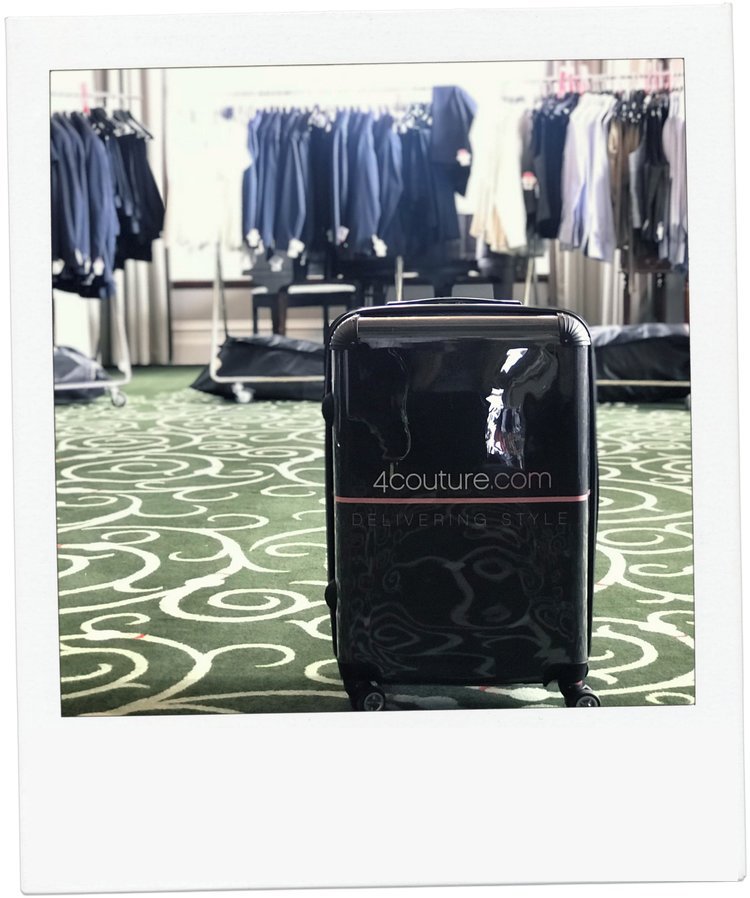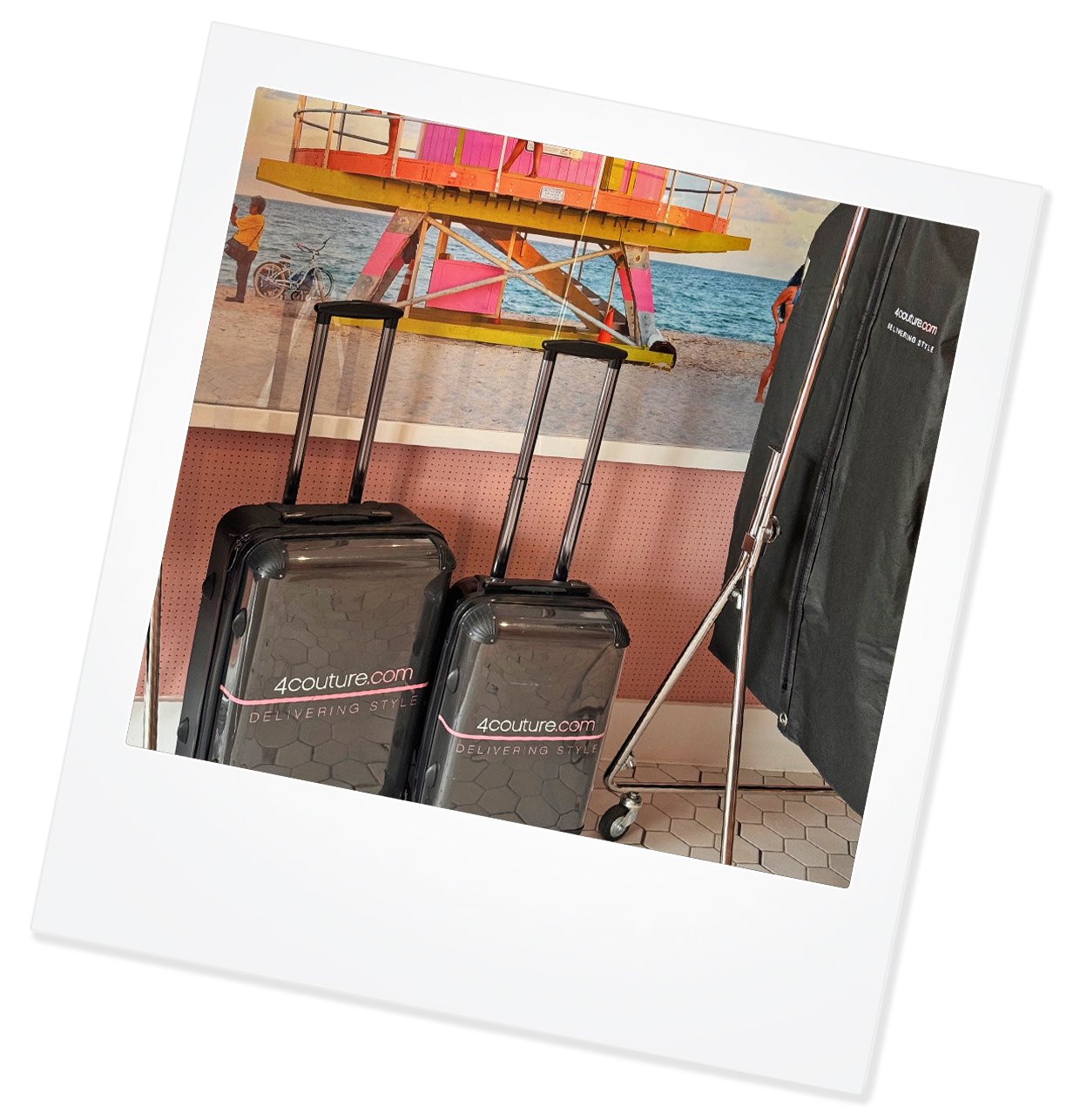How to allocate Uniform allowance?
/Following on from my previous blog- you’ve just employed new members of staff.....fantastic!
But how do you work out how much uniform to allocate to each person? How do you know how long to expect a uniform to last, and stay looking crisp and fresh?
It’s simple if you consider the answers to just two questions and then comparing them to our handy guidelines below:
1) What type of job is it? Is it reception or office based or is the role going to be more active, for example, are they a housekeeper or maintenance person? A receptionist may require fewer clothes than a maintenance worker who has a more physical role for instance. Is the role shift based? This can affect the ability to be able to launder a uniform. For example, a member of the housekeeping team will sometimes work long back to back shifts, only allowing them the time to change their clothes and not to wash them in between working days.
2) How many hours per week is the role? A full time worker will need enough uniform to wear throughout the week without having to wash their uniform every day. Does the role include long shifts which make it difficult to find the time to wash a uniform before the next shift? A part time member of staff will still need enough clothing in case they are working 2 or more consecutive days. When allocating a staff uniform, it’s important to allow for enough uniform so that the garment can ‘rest’ between each wash and wear.
How many garments?
You want your employees to be presentable and to arrive ready for work in a clean uniform each day, which means enough garments to be able to wash items on a regular basis but not every day. This will vary depending on the item being worn, so please see the table below for the suggested number of garments by type for a full time or part time worker.
4Couture Recommended Allocation Guidelines;
The number of garments an employee has been calculated based on the number of working days in the year and the number of days an item can be worn between washes.
For example, some items such as shirts need to be changed daily but a jacket is recommended to be worn for 10 days between washes. For a full time worker on 9-5 hours with 2 jackets they will be able to go for a whole month before needing to wash or dry clean their jackets. Whereas, a full time worker with 5 shirts or blouses will want to wear 1 per day and need to wash them all once a week.
Our handy info-graphic below shows you a typical pattern of washing between wearing. For the calculation of working days we have assumed there are 233 working days in the year after deducting 8 bank holidays, 20 days annual leave and 2 day weekends for a full time worker.
Why is it so important to get your allocation right from the start? It will save you and your company time and money by getting it right first time by meaning you will only be ordering uniform when a new member of staff joins your team or needs their uniform renewing.
By giving your staff the right amount of uniform, it will make it easier for them to keep it clean and present themselves well at work, which will reflect on your company image. Additionally a carefully thought out uniform will help your new member of staff to feel welcomed into your company and ready to tackle their new position.
Finally using the guide above, if you calculate the required uniform for a specific role on an annual basis, this will also assist when planning your uniform budgets for the year ahead.
Still need help? Or if you’ve got any uniform questions then our team at 4Couture are more than happy to help, whether you’re looking for a stylish uniform for your Reception team or something more hardwearing such as PPE for installation engineers.
In my next blog I’ll be taking a closer look at the different fabrics used in corporate clothing, so check back soon.































































